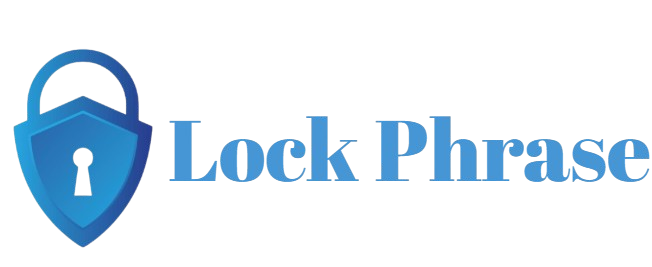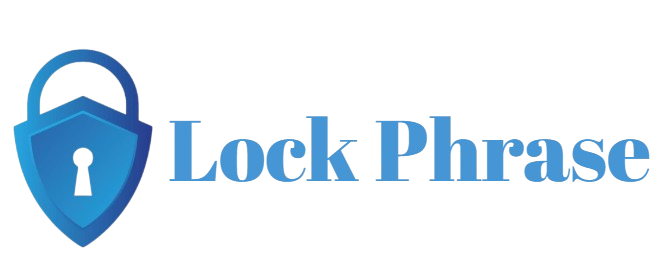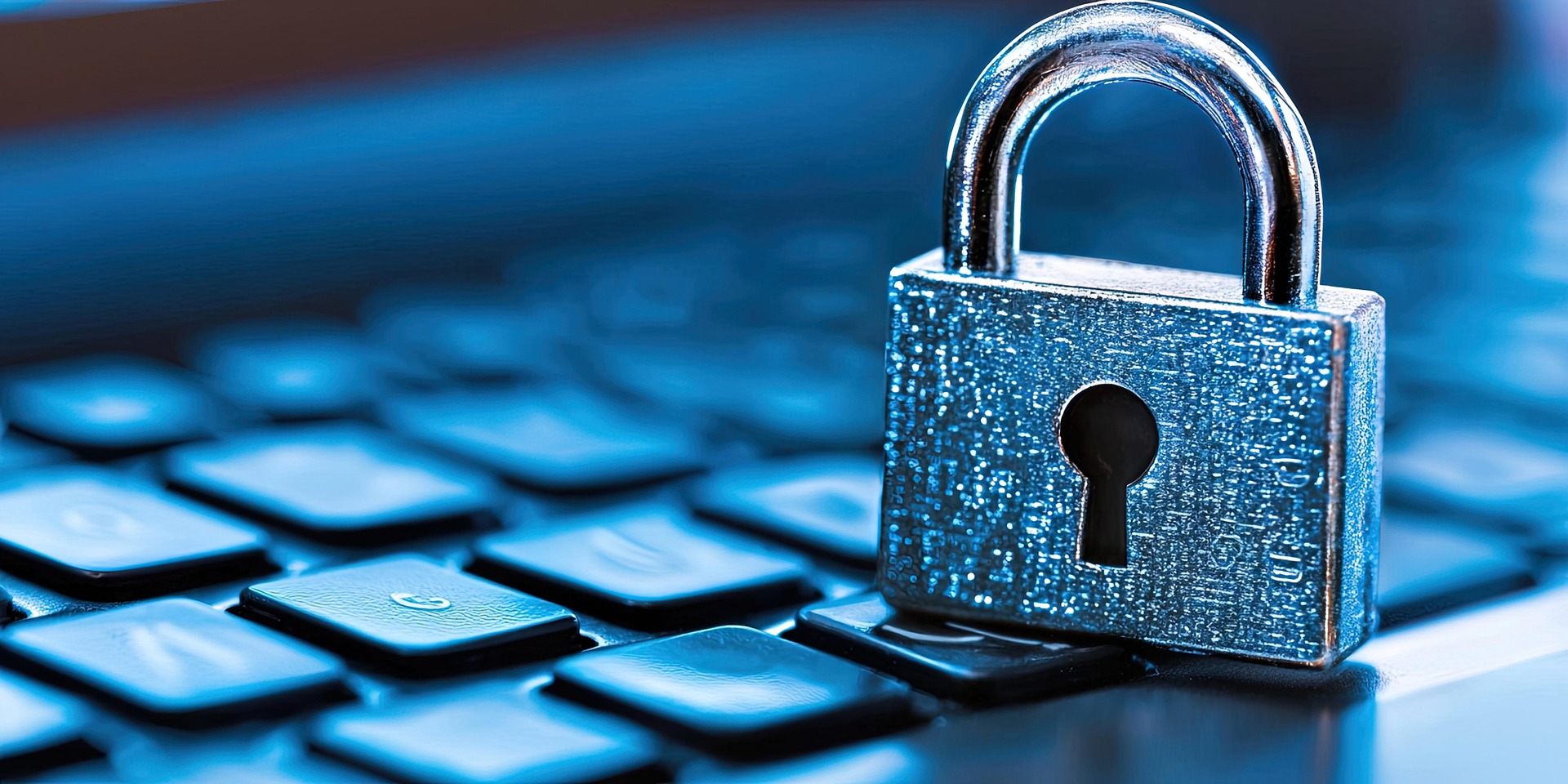In today’s digital age, almost every click, download, or login leaves behind a trail of personal data. Whether you’re browsing social media, shopping online, or using a free app, your information—like your name, email, location, and habits—is being collected, stored, and sometimes shared without your full awareness.
At the same time, cyber threats are rapidly increasing. Hackers, scammers, and even shady companies constantly look for ways to exploit this data for profit, identity theft, or targeted attacks. Even basic online actions—like using the same password everywhere or connecting to public Wi-Fi—can put your privacy at serious risk.
The good news? You don’t need to spend money to stay safe online. In this guide, we’ll walk you through simple, free, and practical steps to Protect Personal Data Online—no technical skills or paid tools required. With just a few smart habits, you can take control of your digital privacy starting today.
What is Personal Data and Why It Matters
Personal data includes any information that can identify you personally—such as your name, email address, phone number, location, IP address, and even your online browsing habits. Every time you use a website, app, or social media platform, bits of your data are being collected. While this might seem harmless, this information can paint a detailed picture of who you are, what you like, where you go, and even how you think.
Unfortunately, this data can easily fall into the wrong hands. Cybercriminals often use stolen personal data for identity theft, financial fraud, phishing scams, and blackmail. Even legitimate companies track your behavior for advertising or may sell your data to third parties. If any of those platforms are hacked, your private information could end up on the dark web. That’s why protecting your personal data isn’t just about privacy—it’s about defending yourself from real digital threats.
Common Threats to Personal Data Online
Your personal data is constantly at risk from several online threats. One of the most common is Phishing Attacks, where cybercriminals send fake emails or messages that look legitimate, tricking you into giving away sensitive information like passwords or credit card numbers. These scams often mimic banks, delivery services, or even social media platforms to gain your trust.
Unsecured Public Wi-Fi
Free Wi-Fi in cafes, airports, or hotels might seem convenient, but it’s often not encrypted. This allows hackers nearby to intercept your data, monitor your online activity, or steal login credentials—especially if you’re visiting sites without HTTPS.
Data Breaches
When companies or services you use get hacked, millions of personal records can be leaked online. If your data is part of a breach, attackers might sell or exploit it, often without your knowledge.
Weak Passwords
Using simple or repeated passwords makes it easy for attackers to guess or crack your accounts. Once one account is compromised, they can often access many more—especially if you use the same login details everywhere.
Over-Sharing on Social Media
Publicly posting your birthday, home address, vacation dates, or even job details can make it easy for scammers or identity thieves to target you. The more personal info you share online, the easier it becomes to exploit you.
Free Ways to Protect Your Personal Data
1. Use Strong and Unique Passwords
Passwords are your first line of defense online. Weak or reused passwords make it easy for hackers to break into your accounts using simple guessing or automated tools. For example, if you use “123456” or your pet’s name for everything, a breach of just one site can give attackers access to many others. That’s why it’s essential to use strong, unique passwords for each account.
A strong password should include a mix of uppercase and lowercase letters, numbers, and special characters—and avoid using any personal info like your name or birthdate. But remembering complex passwords for every account can be overwhelming. That’s where free password managers like Bitwarden and KeePass come in. These tools securely store all your passwords in one encrypted vault, so you only need to remember one master password. Bitwarden even offers cloud syncing for free across devices.
Using a password manager not only helps you generate strong passwords, but it also reduces the temptation to reuse them. It’s one of the simplest yet most powerful steps you can take to protect your digital identity—and it doesn’t cost a dime.
2. Enable Two-Factor Authentication
Even the strongest passwords can be stolen in data breaches or through phishing. That’s where Two-Factor Authentication (2FA) provides a crucial second layer of protection. With 2FA enabled, even if someone gets your password, they can’t log into your account without a second verification step, such as a code sent to your phone or generated by an app.
2FA works by combining something you know (your password) with something you have (your phone or authentication app). This greatly reduces the chances of unauthorized access—even if your login credentials are leaked. Many major services like Gmail, Facebook, Instagram, and PayPal now offer 2FA as a free security option.
To set it up, use a free 2FA app like Google Authenticator, Authy, or Microsoft Authenticator. These apps generate time-sensitive codes every few seconds, so you always have a fresh, secure code to log in. Unlike SMS-based codes, authenticator apps are more secure and don’t rely on your phone number, which can be hijacked through SIM swap attacks.
3. Use a Privacy-Focused Browser
Your browser is one of the main gateways to the internet—and it’s also a major source of data tracking. Popular browsers like Chrome often collect and share your browsing behavior with third parties for advertising. To protect your personal data online, switch to a privacy-focused browser that blocks trackers and limits data collection by default.
Brave, Firefox, and the DuckDuckGo browser are excellent free options. Brave automatically blocks ads, trackers, and fingerprinting, making your browsing faster and more private. Firefox, developed by Mozilla (a non-profit), is highly customizable and has built-in tracking protection. DuckDuckGo’s mobile browser blocks third-party trackers and enforces encrypted connections wherever possible.
You can also enhance privacy with free browser extensions like uBlock Origin for ad-blocking and Privacy Badger to stop hidden trackers. These tools reduce how much information websites and advertisers can collect about you.
4. Avoid Public Wi-Fi Without a VPN
Public Wi-Fi networks—like those in cafes, airports, and hotels—are often unsecured and pose serious risks to your personal data. When you connect to an open network, your internet traffic can be easily intercepted by hackers using simple tools. This allows them to steal sensitive information such as your login credentials, email content, or even banking data.
To stay safe on public Wi-Fi, always use a Virtual Private Network (VPN). A VPN encrypts your internet connection, creating a secure tunnel between your device and the internet—even on untrusted networks. This prevents hackers, internet providers, and even government surveillance from spying on your activity.
Several free VPN services offer decent protection for basic use. ProtonVPN is a trusted provider that offers a free plan with no data limits, although it may be slower than the paid version. Windscribe and TunnelBear also offer limited free tiers that work well for casual browsing.
5. Adjust Privacy Settings on Social Media
Social media platforms are a goldmine of personal information—and not just for friends or followers. Hackers, advertisers, and even data brokers scan public profiles for details they can use for scams or targeted attacks. That’s why adjusting your privacy settings on platforms like Facebook, Instagram, X (Twitter), TikTok, and LinkedIn is essential for protecting your data.
Start by reviewing who can see your posts, friend list, and contact info. Set your profile to “Friends Only” or “Private” wherever possible. Limit third-party app access to your accounts, and turn off features like location sharing and face recognition, which can expose sensitive details about where you are or who you’re with.
Also avoid oversharing personal moments like travel plans, birthdays, or family member names. This information might seem harmless, but it can be used in social engineering attacks or to answer common security questions.
6. Keep Your Software and Devices Updated
Outdated software is one of the easiest ways for hackers to gain access to your personal data. Whether it’s your operating system, web browser, mobile apps, or antivirus, outdated versions often have known security vulnerabilities that can be exploited. Developers regularly release updates that patch these flaws and protect against new threats.
That’s why it’s essential to keep all your devices and software up to date. This includes your phone, computer, browser extensions, messaging apps, and anything else connected to the internet. Many systems now support automatic updates, and enabling this feature ensures you always have the latest security protections without needing to remember manually.
The best part? Software updates are free. You don’t need expensive security tools if you’re using secure, up-to-date applications. Ignoring updates may seem convenient in the short term, but it leaves you exposed to malware, ransomware, and other online attacks.
7. Be Cautious with Links and Attachments
Phishing remains one of the most common ways people get tricked into giving away personal data—and it often starts with a suspicious link or attachment. These may come in emails, text messages, or even social media DMs, disguised as legitimate communication from a bank, delivery service, or popular website.
Always examine the sender’s email address and look for red flags: misspellings, generic greetings, urgent language, or unusual file formats. Never click on a link or download an attachment unless you’re sure it’s safe. Many phishing attempts use fake login pages to capture your credentials.
To double-check a link, you can use free tools like VirusTotal.com. Just copy and paste the link into the site, and it will scan the URL using multiple antivirus engines. You can also hover over a link (without clicking) to preview where it’s really leading.
Conclusion
Protecting your personal data online doesn’t have to be complicated—or expensive. In fact, many of the most effective cybersecurity habits are completely free. From using strong, unique passwords and enabling two-factor authentication to choosing privacy-focused browsers and adjusting your social media settings, small steps can make a huge difference.
Cyber threats like phishing, public Wi-Fi snooping, and data breaches are real, but you’re not powerless. By staying aware and applying the tools and tips shared in this guide, you can build strong digital habits that protect your identity, privacy, and peace of mind. It’s not about having the best technology—it’s about making smarter choices.


